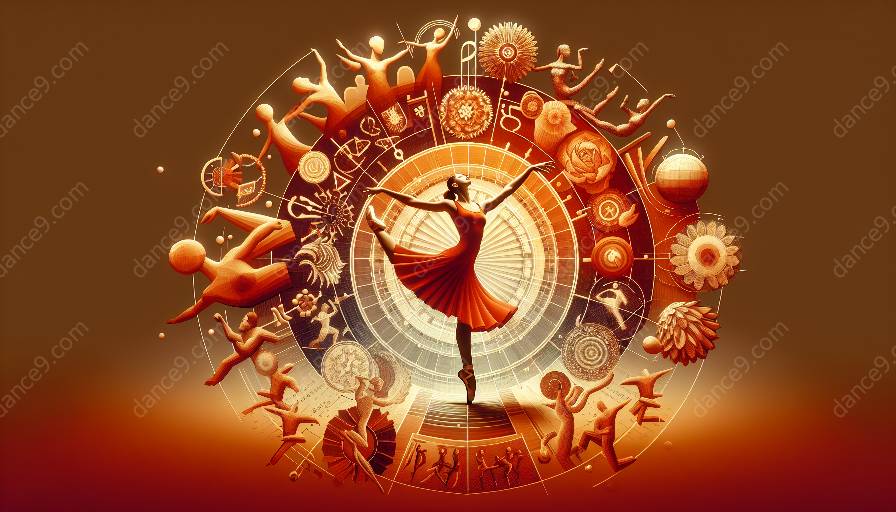Dance, as a universal form of human expression, embodies the intricate interplay of cultures, histories, and social dynamics across the world. Ethnographic methods provide a window into the multifaceted realm of dance, enriching our understanding of its significance in diverse societies. In this comprehensive exploration, we delve into the convergence of dance anthropology and dance studies, shedding light on the research methodologies and their applications in unraveling the rich tapestry of dance traditions.
The Significance of Ethnographic Methods in Dance Research
Ethnographic methods form the cornerstone of understanding the cultural, social, and historical underpinnings of dance within a given community or society. By immersing researchers in the lived experiences of dancers and the broader context of dance performances, ethnography unveils the nuanced meanings and practices associated with dance forms. As such, it facilitates a holistic comprehension of the art form, transcending mere physical movements to encompass the intricate web of symbolism, rituals, and identity that dance embodies.
Intersections with Dance Anthropology
When examining dance through the lens of ethnographic methods, the interdisciplinary nature of dance anthropology becomes apparent. Dance anthropology seeks to comprehend the cultural, social, and individual significance of dance within specific communities, often drawing from ethnographic research to illuminate the complexities of dance traditions. By utilizing ethnographic tools such as participant observation, interviews, and archival research, dance anthropologists unravel the layers of meaning and significance embedded within dance practices, offering profound insights into the human experience.
Exploring Dance Studies through Ethnography
Ethnographic methods significantly contribute to the field of dance studies by providing a comprehensive framework for investigating the historical, cultural, and performative dimensions of dance. Through ethnographic research, scholars delve into the lived experiences of dancers, choreographers, and audiences, discerning the roles of dance in shaping collective identities and narratives. Moreover, ethnography enables the documentation of dance practices, preservation of oral traditions, and analysis of the socio-political influences on dance, thereby enriching dance studies with a multifaceted understanding of the art form.
Methodological Approaches in Ethnographic Dance Research
Embracing ethnographic research in the realm of dance involves a spectrum of methodological approaches, including participant observation, interviews, visual documentation, and collaborative engagement with dance communities. These methodologies enable researchers to traverse the boundaries of academic inquiry, immersing themselves in the vibrant tapestry of dance cultures while fostering dialogue and mutual understanding among diverse practitioners and scholars.
Challenges and Opportunities
While ethnographic methods offer profound insights into the complexities of dance, they also pose challenges related to cultural sensitivity, ethical considerations, and the negotiation of research relationships. However, the opportunities inherent in ethnographic dance research are equally compelling, fostering cross-cultural dialogue, preserving intangible cultural heritage, and nurturing a deeper appreciation for the diversity of dance traditions worldwide.
Conclusion
The convergence of ethnographic methods with dance anthropology and dance studies illuminates the multifaceted dimensions of dance, transcending geographical and cultural boundaries to reveal the richness of human expression through movement. By embracing ethnographic approaches, researchers, practitioners, and enthusiasts alike embark on a journey of discovery, engaging with the profound cultural and historical tapestry inherent in dance traditions.

















